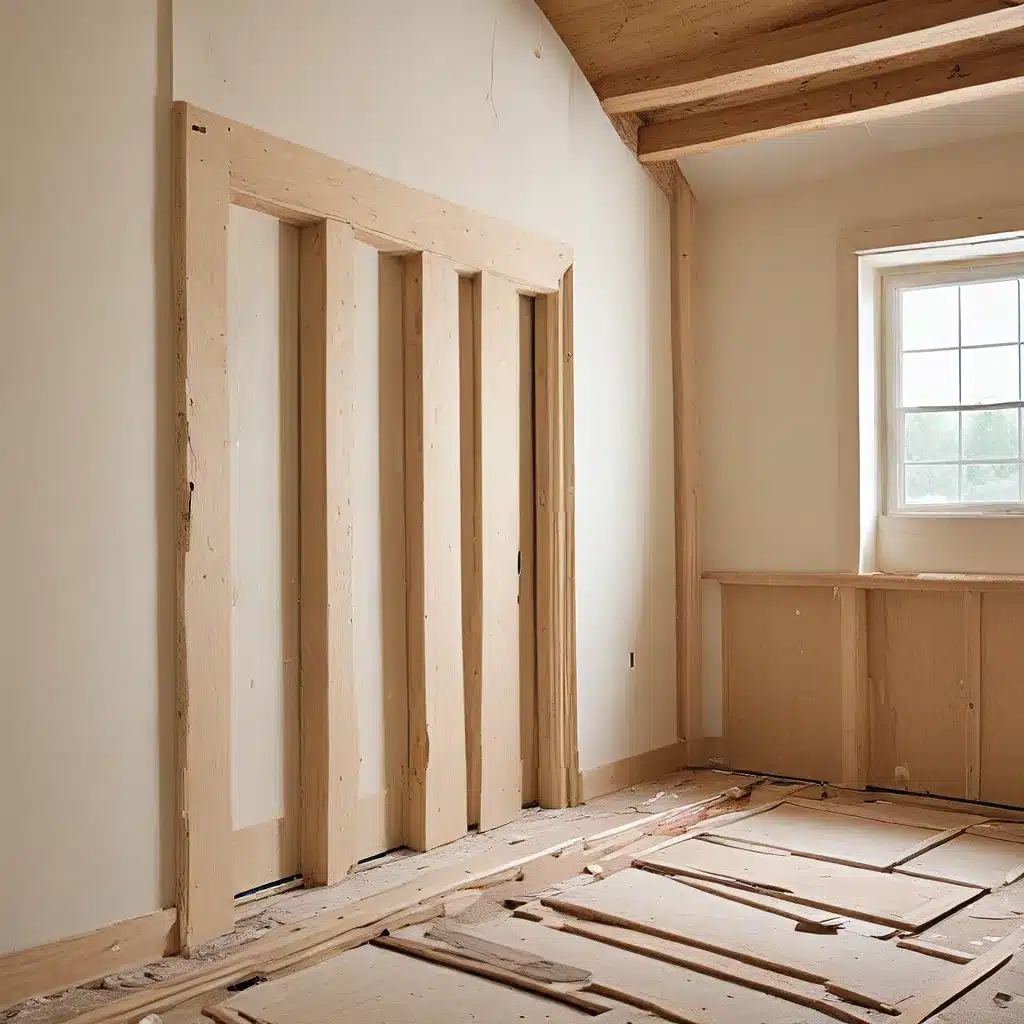
Elevating Household Resilience: Home Safety Essentials for Reading Builders
Ah, the life of a home builder. Hammers clanging, saws whirring, and the satisfying thud of another foundation poured. It’s a world I know well, having spent the last decade crafting dream homes for families across Reading. But you know, there’s more to this job than just bricks and mortar. As builders, we hold a responsibility to ensure the safety and resilience of the places we create.
That’s why I’m excited to dive into a topic that’s near and dear to my heart: home safety essentials. Now, I know what you’re thinking – “Safety? That’s boring!” But trust me, my friends, when it comes to protecting the people we build for, there’s nothing dull about it. In fact, it’s the most important part of the job.
The Crumbling Infrastructure Dilemma
Let’s start by addressing the elephant in the room – our country’s aging infrastructure. The White House recently reported that the United States ranks 13th in the overall quality of our infrastructure, with roads, bridges, and water systems in dire need of repair. And the kicker? This chronic underinvestment has led to some pretty scary consequences.
In 2020 alone, we endured 22 separate billion-dollar weather and climate-related disasters, causing a staggering $95 billion in damages. From flooded homes to power grid failures, these events have shown us just how fragile our infrastructure can be. And let’s not forget about the risks right under our noses – an estimated 6 to 10 million homes still receive drinking water through lead pipes and service lines. Yikes.
Redefining Resilience: From the Ground Up
As builders, we have a critical role to play in addressing this infrastructure crisis. It’s time to start redefining resilience and incorporating it into every aspect of the homes we create. And that means going beyond just the basics.
Sure, we can focus on the obvious – sturdy foundations, reinforced roofs, and shatterproof windows. But true resilience is about so much more. It’s about future-proofing our homes against the unpredictable, whether that’s extreme weather events or public health emergencies.
Take the recent Texas power outages, for example. Imagine if every home in that state had its own backup power source, like a clean, efficient solar energy system. Not only would families have kept the lights on, but they could have reduced their carbon footprint and saved money on energy bills in the long run. And what about that lead-lined water supply? A simple whole-home filtration system could have provided safe, clean drinking water even in the face of a crisis.
Caring for the Caretakers: The Importance of Home Accessibility
But resilience isn’t just about protecting our homes from external threats. It’s also about ensuring that our living spaces can adapt to the changing needs of the people who inhabit them. And that’s where home accessibility comes into play.
Think about it – how many of us will have aging parents or loved ones with disabilities in the coming years? It’s a sobering thought, but one we can’t ignore. That’s why incorporating features like wide doorways, grab bars, and wheelchair-friendly layouts into our building plans is so crucial. Not only does it make life easier for those who need it, but it also future-proofs our homes for the long haul.
And let’s not forget about the caregivers themselves. These unsung heroes, disproportionately women of color, have been underpaid and undervalued for far too long. By investing in home care infrastructure and creating good-quality jobs with fair wages and benefits, we can uplift an entire workforce and ensure that everyone has access to the support they need.
Building a Brighter Future: The Role of Innovation and Collaboration
Now, I know what you’re thinking – all of this sounds great, but how the heck are we supposed to pull it off? Well, my friends, that’s where innovation and collaboration come into play.
As builders, we need to stay on the cutting edge of sustainable, resilient building materials and techniques. From clean steel and cement to energy-efficient windows and insulation, the solutions are out there. And by working hand-in-hand with architects, engineers, and industry leaders, we can bring these advancements to life in the homes we construct.
But it’s not just about the physical structure. We also need to think about the digital infrastructure that powers our homes. High-speed broadband access, smart home technology, and secure, resilient energy grids – these are the backbones of a truly future-proof living space.
And let’s not forget about the importance of community collaboration. By partnering with local organizations, government agencies, and fellow builders, we can leverage resources, share best practices, and create a ripple effect of resilience that touches every corner of our neighborhoods.
Embracing the Challenge: A Call to Action for Reading Builders
So, there you have it, my fellow builders – the keys to elevating household resilience and creating homes that can withstand the challenges of the 21st century. It’s a daunting task, to be sure, but one that I know we’re more than capable of tackling.
After all, we’re the ones who transform empty lots into vibrant communities. We’re the ones who turn dreams into reality, one brick and beam at a time. And now, we have the opportunity to redefine what it means to build a home – one that not only shelters its occupants but also protects them, empowers them, and prepares them for whatever the future may hold.
So, let’s get to work, my friends. Let’s embrace the challenge and lead the charge in making Reading the most resilient, future-proof community in the country. Because when it comes to the safety and well-being of the families we serve, there’s no such thing as too much care, too much innovation, or too much collaboration.
Let’s build a better tomorrow, together.
Related posts:
No related posts.




